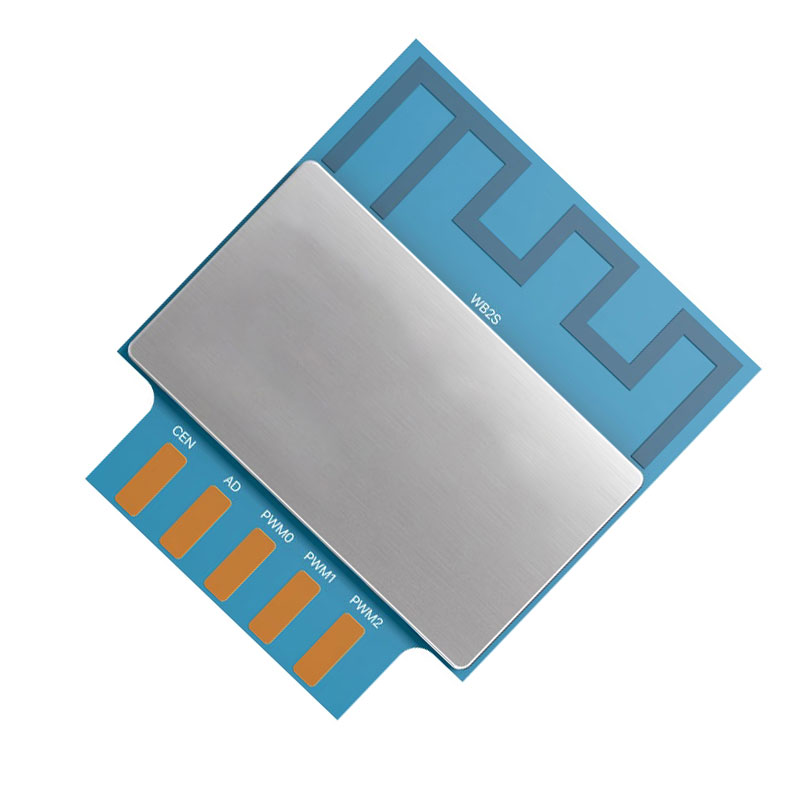As the Internet of Things (IoT) continues to revolutionize various industries, it is essential to delve into the typical form factors and sizes of IoT modules. These modules, also known as IoT devices or sensors, play a crucial role in collecting and transmitting data, enabling connectivity between physical objects and the digital world. In this article, we will explore the diverse range of form factors and sizes that IoT modules can come in.
Miniature IoT modules are among the smallest form factors available. Typically, they are designed to be lightweight, compact, and discreet, making them ideal for applications where size is a critical constraint. These modules often come in surface-mount packages and are commonly used in wearable devices, medical monitoring equipment, and smart home sensors.
Card-style IoT modules, resembling standard cards, offer greater flexibility in terms of their size and shape. They can range from credit card-sized modules to more extensive formats. This form factor allows for easy integration into various devices, such as industrial equipment, asset trackers, and agricultural sensors. Card-style modules often incorporate connectors or soldering pads to facilitate connection with other devices.
Pluggable IoT modules are designed with convenience in mind, allowing for easy installation and upgrades. These modules are typically designed to fit into existing connectors, such as USB ports, allowing for quick integration with minimal hardware modifications. They are commonly used in smart home automation systems, Internet gateways, and retrofitting existing infrastructure.
Module-on-board IoT devices are permanently integrated onto a larger circuit board, allowing for seamless integration with other electronic components. This form factor is popular in applications where the IoT functionalities need to be combined with additional functionalities on a single board. Module-on-board modules are often utilized in automotive electronics, industrial control systems, and smart city infrastructure.
System-on-Chip (SoC) modules offer a comprehensive solution by integrating all IoT functionalities into a single chip. These modules typically include a microcontroller unit (MCU), wireless communication capabilities, sensors, and additional features such as memory and security. SoC modules are widely used in applications where space is limited, such as wearable technology, asset tracking, and environmental monitoring.
In conclusion, the form factors and sizes of IoT modules vary to cater to different application requirements. From miniature modules for compact devices to SoC modules for all-in-one solutions, the IoT module landscape offers a diverse range of options. By understanding these form factors, developers and engineers can choose the most suitable IoT modules for their specific applications, accelerating the growth and adoption of the Internet of Things.

 Trolink Joint With Tuya to Make Iot Benefit Every Family
Trolink Joint With Tuya to Make Iot Benefit Every Family
 5 Key Indicators for WiFi Module Selection You Have to Know !
5 Key Indicators for WiFi Module Selection You Have to Know !
 IOT module is the brain of smart products
IOT module is the brain of smart products
 What is the signal coverage range of the WiFi module chip?
What is the signal coverage range of the WiFi module chip?